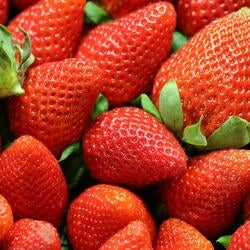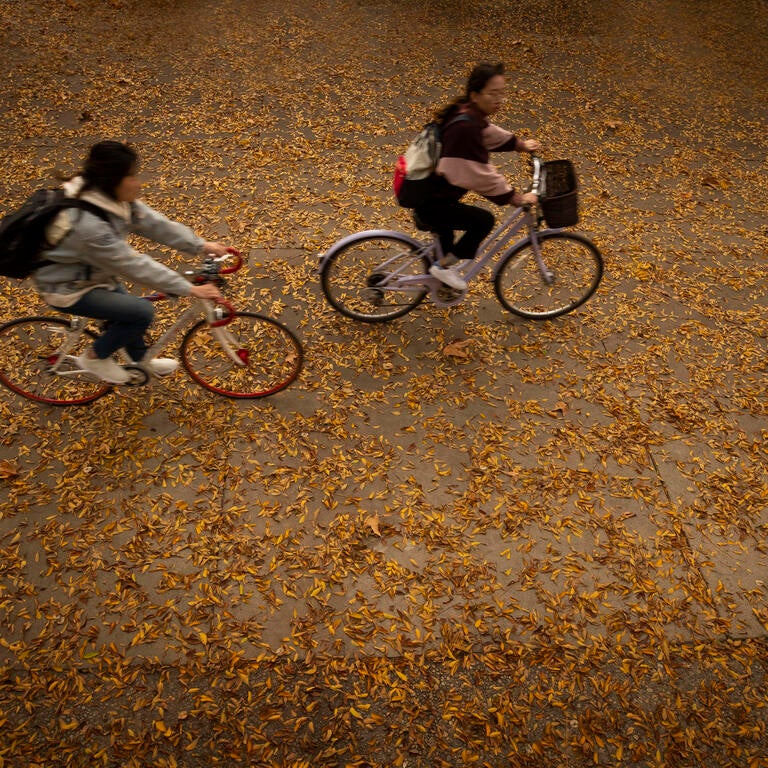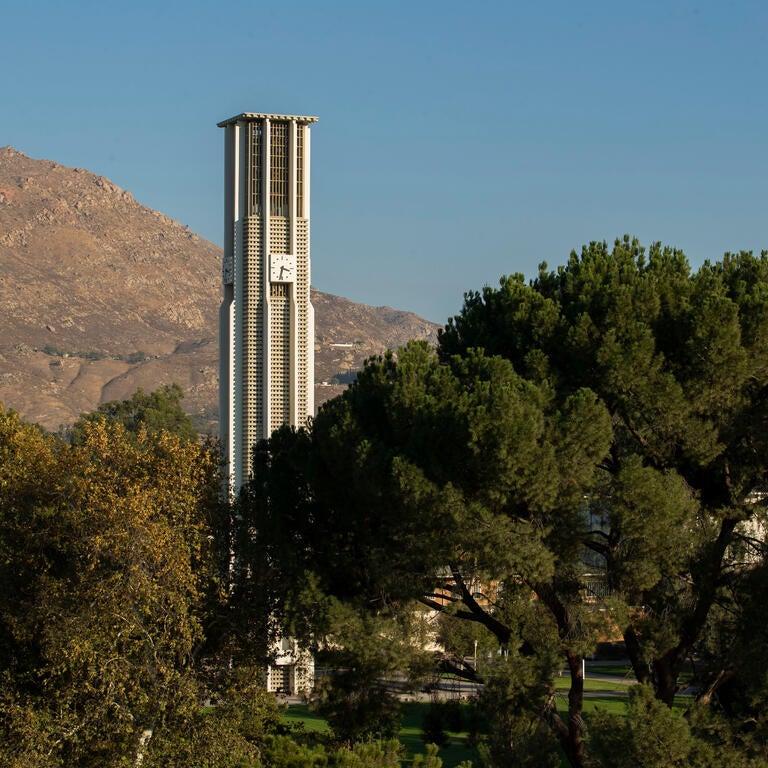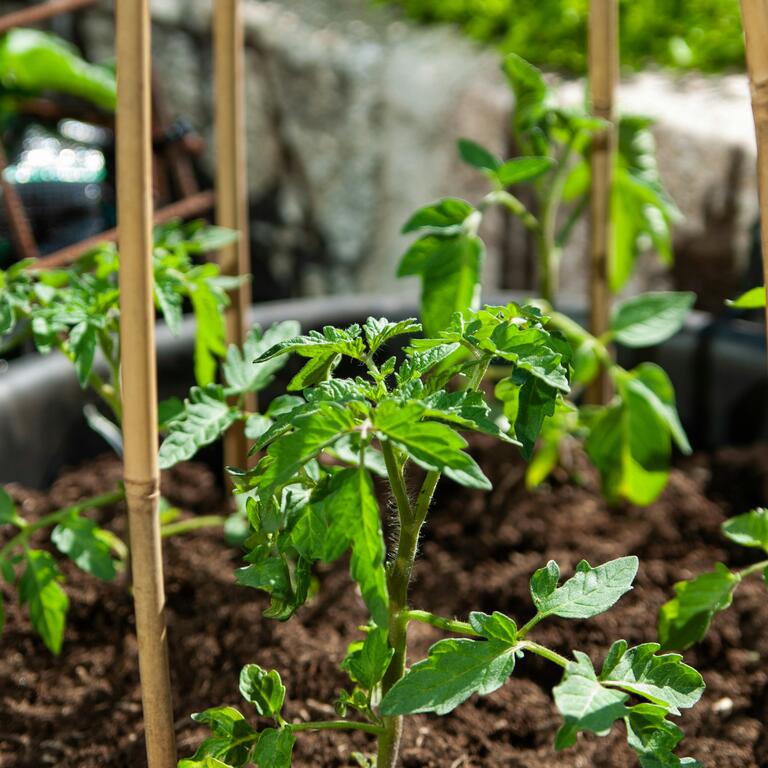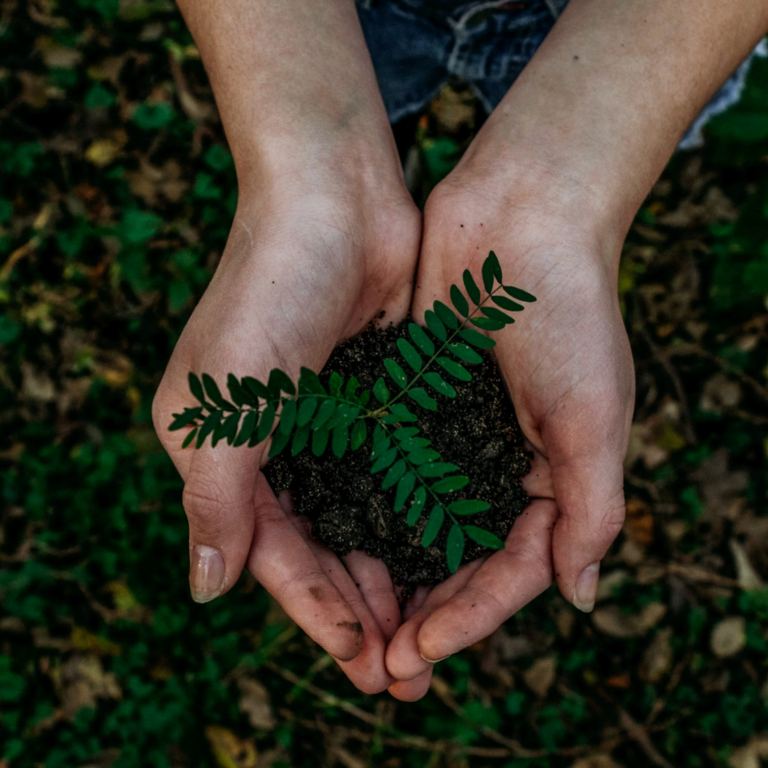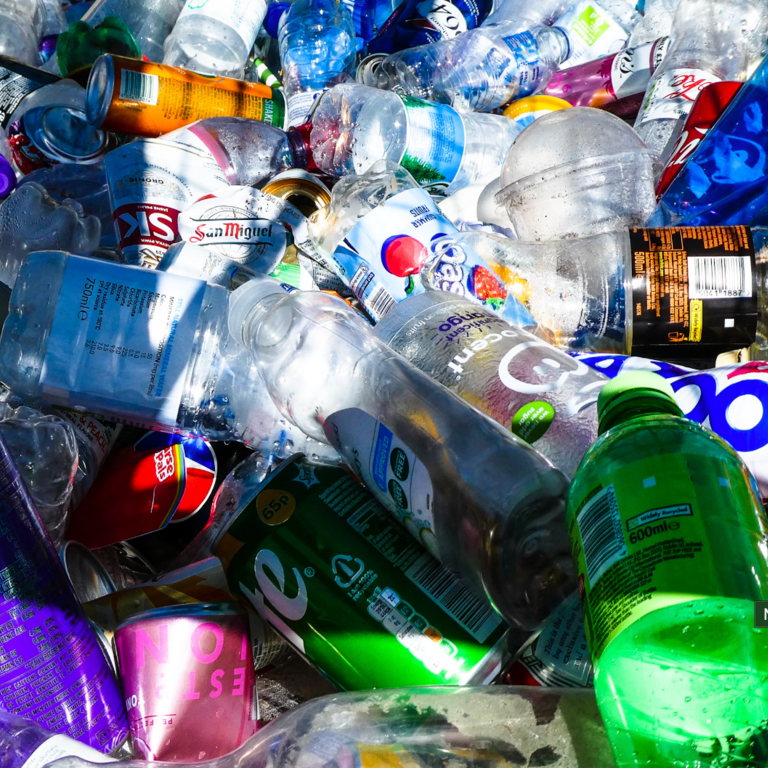Office of Sustainability

Zero Waste
What is Zero Waste?
The conservation of all resources through responsible production, consumption, reuse, and recovery of products, packaging, and materials without burning and with no discharges to land, water, or air that threaten the environment or human health. EPA - How Communities Have Defined Zero Waste
Why is it important?
Greenhouse gases are produced during tree harvesting and the extraction and transportation of raw materials. Waste prevention and recycling can postpone the extraction of certain raw materials, thereby decreasing the greenhouse gases emitted during extraction. The manufacturing process results in the release of greenhouse gases, both during production and the energy expended during product use. Efficient resource utilization through waste prevention and the use of recycled materials in product manufacturing can reduce energy consumption, consequently lowering greenhouse gas emissions. Incinerating certain types of waste contributes to greenhouse gas emissions. However, waste prevention and recycling efforts can diminish the volume of waste sent to incinerators, leading to a reduction in greenhouse gases emitted during combustion. According to the 2023 report by the EPA on "Best practices for solid waste management," the solid waste sector significantly contributes to climate change through pollutants like methane and black carbon. Furthermore, the infrastructure and services related to solid waste, including collection, transportation, recycling, treatment, and disposal, are increasingly vulnerable to climate stressors such as extreme weather events. Consequently, improving the management of solid waste in cities holds the potential to simultaneously address climate change and enhance local resilience to its impacts.
https://www.epa.gov/system/files/documents/2023-07/SWM_Climate-Final.pdf
Diversion Rate
In 2023, UC Riverside produced .52 pounds, per campus user, of waste. Impressively, 57% of the municipal and organic waste was effectively redirected from landfills to recycling and composting facilities. UC Riverside has achieved a notable reduction in per capita waste generation, reaching approximately 0.52 pounds per campus user, which is well below the targeted 0.81 pounds per campus user set for 2025 and the new goal of .54 pounds per campus user by 2030.
Additional Campus Resources
Campus Business Services
Document Shredding, E-Waste Disposal programs, and Recycling programs.
Learn more about E-Waste Disposal
Local Waste Resources
Learn more about Local Waste Resources.
Metrolink
Metrolink is free to all UCR students and spreads access across the Inland Empire. This can help cut down carbon emissions and save students gas money!
R'Closet
Instagram: @rcareercloset
Provides professional secondhand clothing like blazers, dresses, shoes, and more. Students can pick up to 3 free items per quarter.
R'Garden
Instagram: @ucrcommunitygarden
Free and freshly grown seasonal produce is available at the R'Garden year-round. Open to students, staff, and local community members.
R'Pantry
R’Pantry is the UC Riverside food pantry. It was created as a direct response to student needs for more resources to fight food insecurity. Food insecurity is the limited or uncertain availability of nutritionally adequate and safe foods, or the ability to acquire such foods in a socially acceptable manner.
ScotSurplus
A second-hand shopping source is on campus. This shop offers a wide variety of technology, furniture, clothing, and supplies to students, staff, and the public.
Student Housing
Learn about how UCR Student Housing is working towards sustainability.
The Well
Instagram: @thewellucr
Located at HUB 248, a great resource for students to get free period products including reusable June Menstrual Cups.
UCR Dining
Waste Diversion is a top priority for Dining and they take seriously every opportunity to REDUCE, REUSE, RECYCLE, AND COMPOST.
They are currently working towards zero net waste and are focused on eliminating single-use plastics.
UCR Environmental Health & Safety
EH&S works to strengthen the culture of safety and responsibility across the campus community. Their Waste Management program helps us hazardous chemical, radioactive, biohazardous, and universal waste safely and legally.
What happens to UCR's waste?
Who says you can't have fun with waste? Join the Facilities Services College Corps fellows as they explore a whimsical world of recycling and waste management at UCR. From sorting trash to discovering how discarded items are transformed into new products. This engaging journey turns trash into treasure, all while enjoying some ice cream!
Click on the image to watch!
Our Goal
The University of California Riverside is committed to achieving the UC Sustainable Practices-Zero Waste goals. With the involvement of multiple campus entities UCR continue to strive to reduce municipal waste with an overall 90% waste diversion rate, phase out the sale, procurement, and distribution of single-use plastic in our campus.
Key Goals:
-
Divert 90% of municipal solid waste from the landfill.
-
Reduce per capita municipal solid waste generation to 25% below fiscal year 2015–16 levels by 2025, and 50% below fiscal year 2015–16 levels by 2030.
-
Reduce and eliminate single-use plastics items such as bags, foodware accessory items and beverage bottles.
-
Prohibit the sale, procurement and distribution of packaging foam by 2020.
Our Programs:
Several programs at UCR strive to have the campus reach a UCOP-set Zero Waste status by 2025. Under the below categories, you will find more details about the specific programs aiding in that zero-waste initiative
